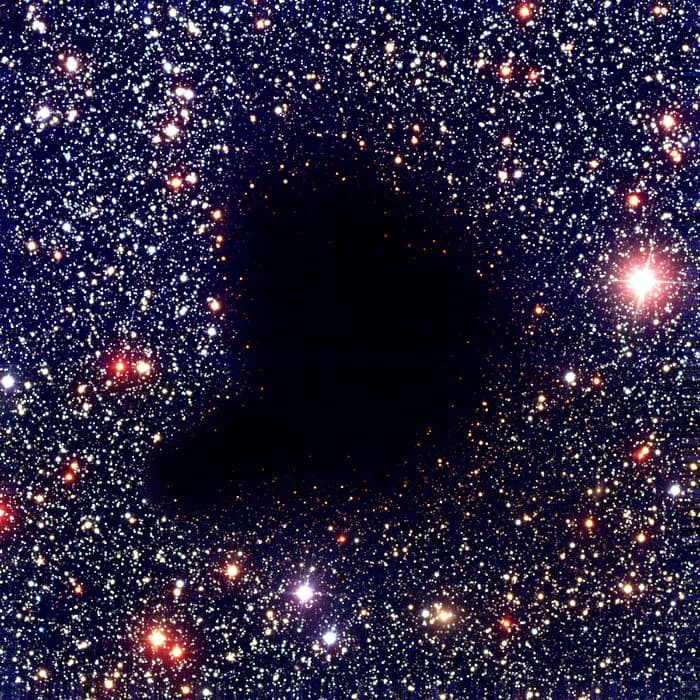There are two big problems with astrophysics, and they are called dark energy and dark matter.
Dark energy is responsible for the accelerated expansion of the Universe. Dark matter keeps the galaxies together, and we think it’s made of particles which don’t emit any light. We don’t know exactly what they are made of, but observations and predictions tell us that they are there.
But what if we are wrong? What if these effects are just a quirk of our equations? An international group of astronomers set up to test exactly that.
They looked at the cosmic voids, large regions of space devoid of galaxies but full of dark energy, and studied exactly how General Relativity (our most accurate theory of gravity) behaved there. The paper is available on ArXiv.
“Voids are empty. They’re boring, right? Galaxies are like the cities of the universe, full of bright lights and activity, and voids are like the miles and miles of quiet farmland in between,” co-author Dr. Paul Sutter explained.
“But we’re looking for bits of evidence that general relativity might be wrong, and it turns out that all the activity in galaxies makes those tiny effects harder to see. It’s easier to pick up on effects in the voids, where there’s less distraction—like it’s easier to spot the glimmer of a firefly in a dark cornfield than in a lit-up city bustling with nightlife.”
If you bet against Einstein’s crowning achievement, I’m afraid you’ve lost. Once again General Relativity appears to be correct. There’s more physics out there than what’s in our theories.. and we’ll get there eventually.

Not a real cosmic void, but an apparent one. The dark cloud Barnard 68, gives the impression there’s a hole in that star field. Image credit: ESO
